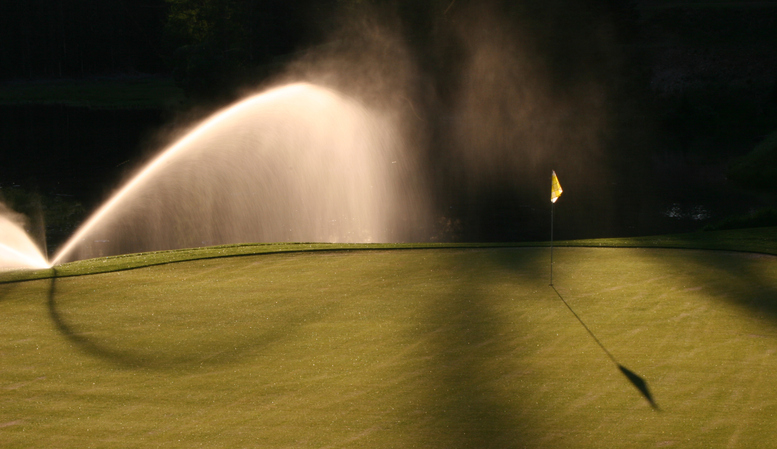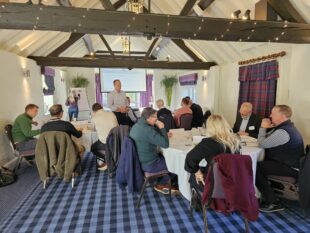Golf course architect Giulia Ferroni explains why becoming more aware of how and where your course uses its resources will be crucial in the future…
This article is part of GCMA Insights – topical content for golf industry professionals, discussing the things that matter to those who work in golf clubs.
With weather across the world becoming ever more unpredictable – check out the flash storms that almost washed out the Alfred Dunhill Links Championship in St Andrews at the start of October – the way our golf courses are managed from a resource perspective is bound to change.
Tighter limits area already here on the use of chemicals, while scarcity of water and use of petrol and diesel are challenges many clubs can already see on the horizon.
While we’re very aware of what’s happening to the planet on a global scale, the effects aren’t always as apparent closer to home.
But thinking about sustainability needs to be an ever present on the to-do list of today’s golf club manager – particularly as facilities consider machinery and course design updates.
Giulia Ferroni, a golf course architect, whose company Leeds Golf Design is undertaking projects at Cirencester and Dorking, is at the forefront of designing and renovating with the environment in mind.
Here, she impresses the need to think about sustainability while debunking some fear about costs…
Get involved in the debate.
To join the GCMA, click here, or to organise a call with a member of the GCMA team, just complete the form below.

Sustainability will not be an option
The climate is changing. Resources are becoming more and more scarce – as is the use of chemicals. We need to be sustainable and this will be a must sooner rather than later.
Sustainability, in this sense, is not a trend but it is an opportunity to create better courses and courses that can survive the test of time.
As water, energy, petrol, and other resources becoming scarce, the courses that will be able to work with less will survive.
It’s a matter of evolution. It’s a matter of creating courses that are adaptable to new scenarios in the year to come.
WHY JOIN THE GCMA?
Membership of the GCMA unlocks a network of like-minded professionals, provides you with support in your professional and personal development, and provides you with a multitude of benefits. Whether that’s the tools that will help you to excel in your profession, or a wide range of services to support your wellbeing, signing up to the GCMA is joining a community.
Clubs need to get their minds around sustainability
It’s very challenging but it’s also stimulating as we can design courses that can work with very little water and very little input. It’s just a matter of using the right tools and having the right audience.
Even though we know we have to adjust our courses and renovate our courses to work with less water and fewer resources, not everybody is clear in their minds about this.
But sustainability does not have to be expensive
What I’m trying to communicate to my clients, and educate them about, is that sustainability is not a costly option.
Being sustainable does not mean it will be more expensive than working with non-sustainable options. Making that shift and being sustainable is an investment and there is a return on investment.
If there is smart management, they will understand that buying solar panels comes with an initial cost but there will be a return on investment – as well as the new irrigation systems, the new machinery systems. Reducing irrigated areas is a saving. Reducing managed areas is a saving. It’s just a matter of indicating that step-by-step and they will get it.
This article is part of GCMA Insights – topical content for golf industry professionals, discussing the things that matter to those who work in golf clubs.
Get involved in the debate. To join the GCMA, click here, or to organise a call with a member of the GCMA team, just complete this form and we’ll be in touch!
Enquiries
"*" indicates required fields



